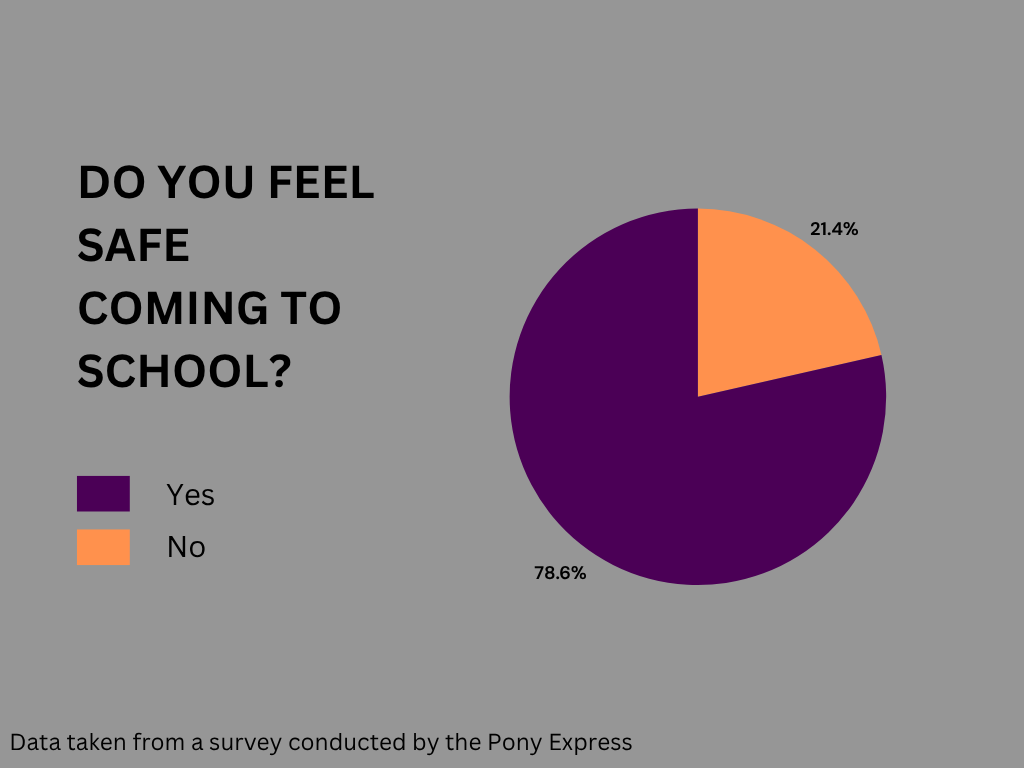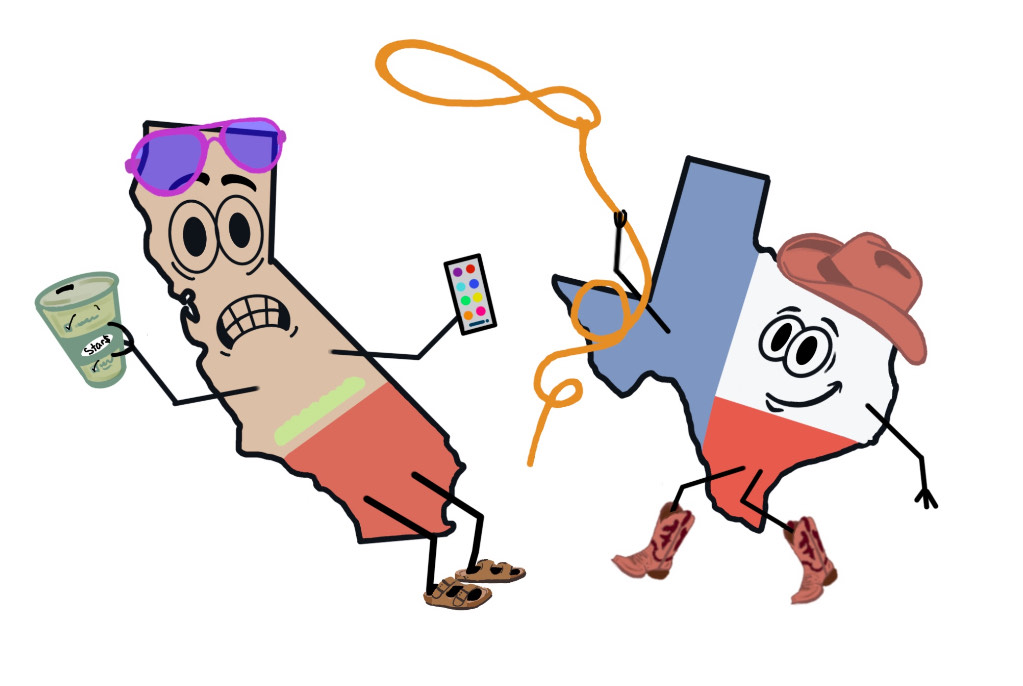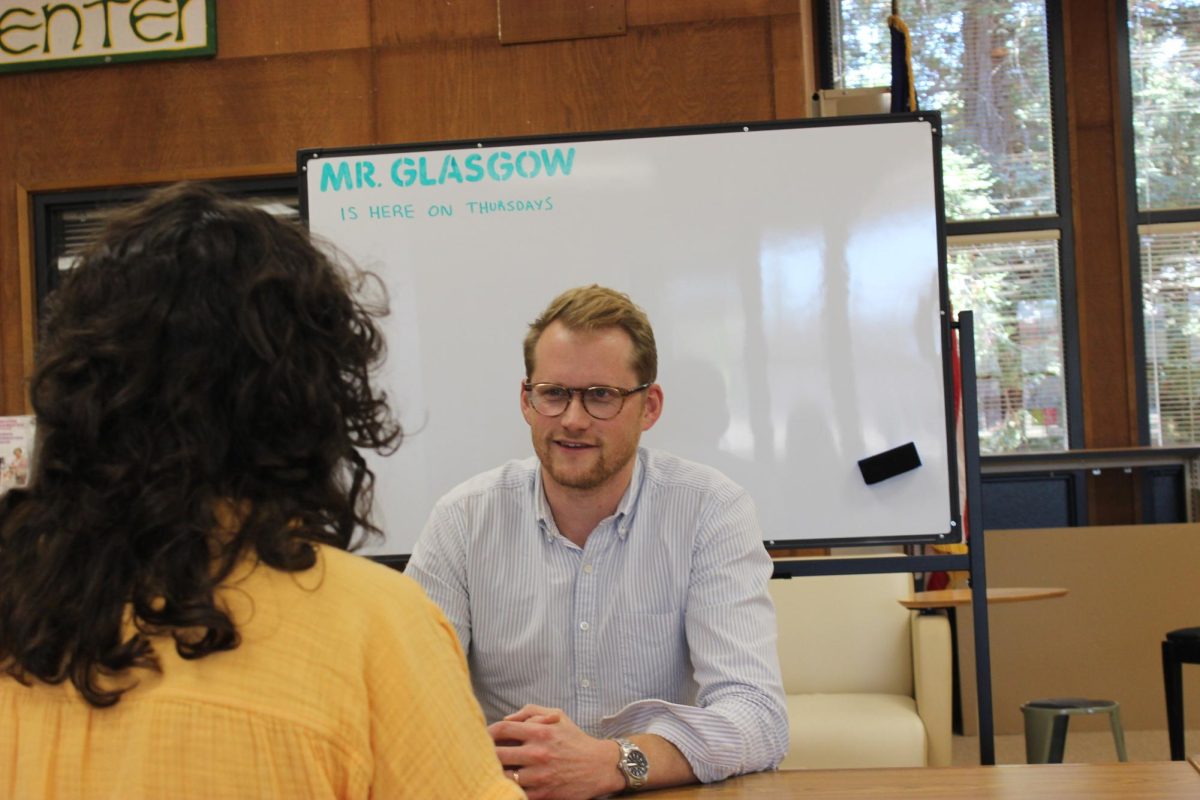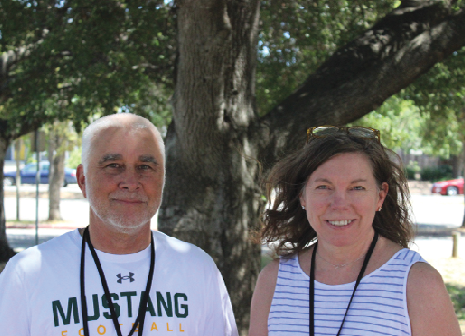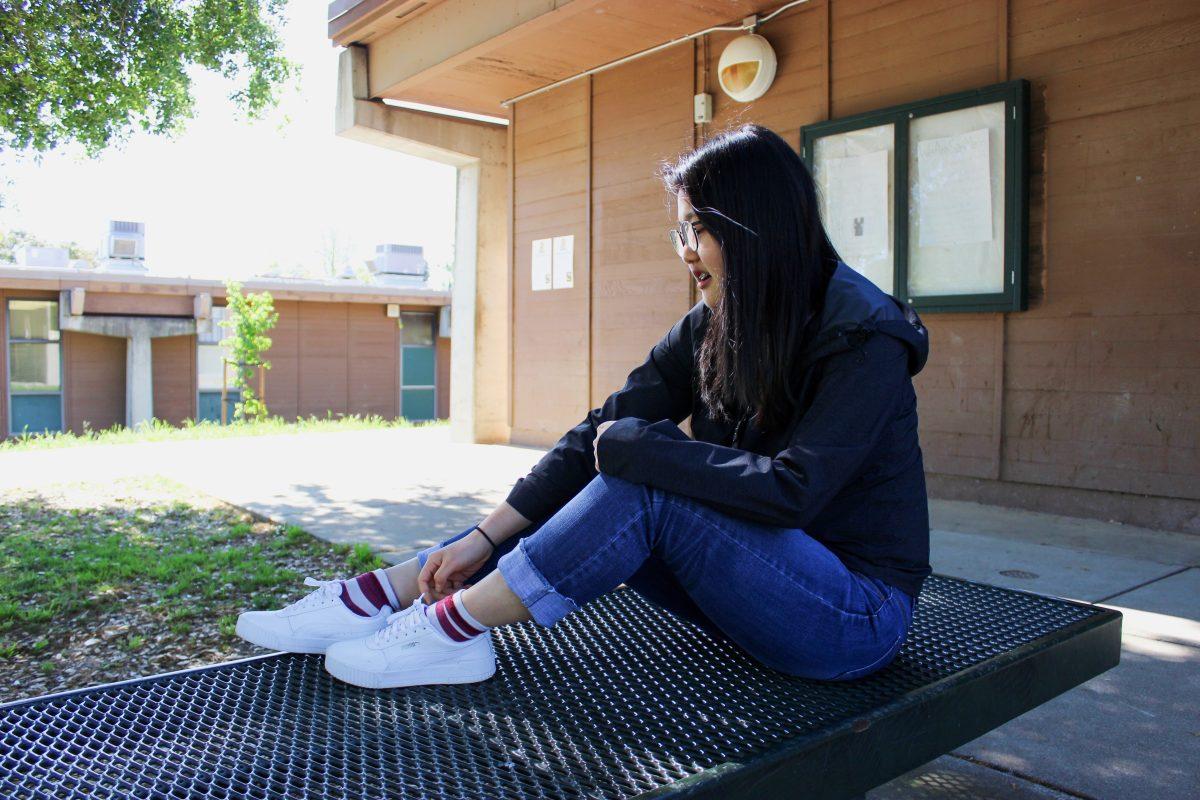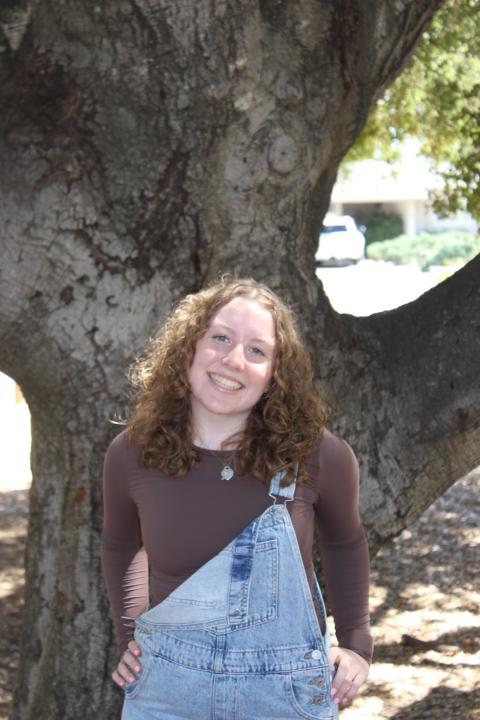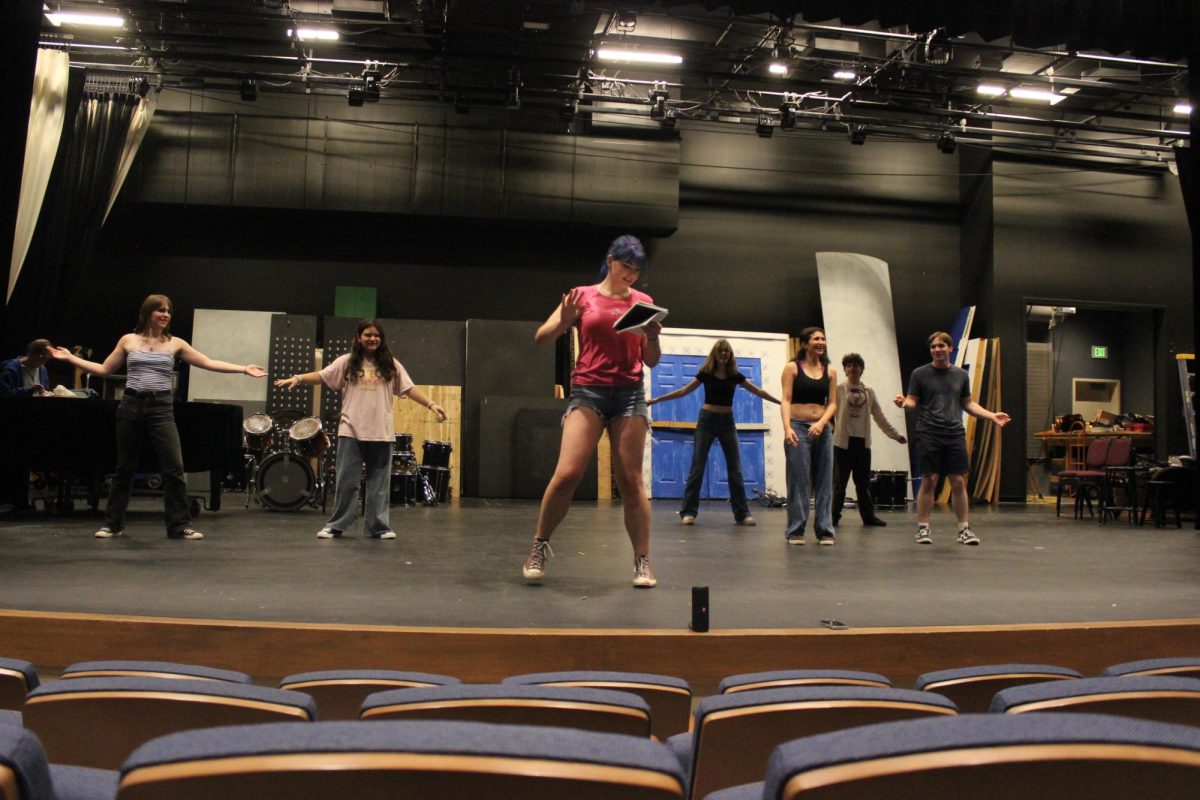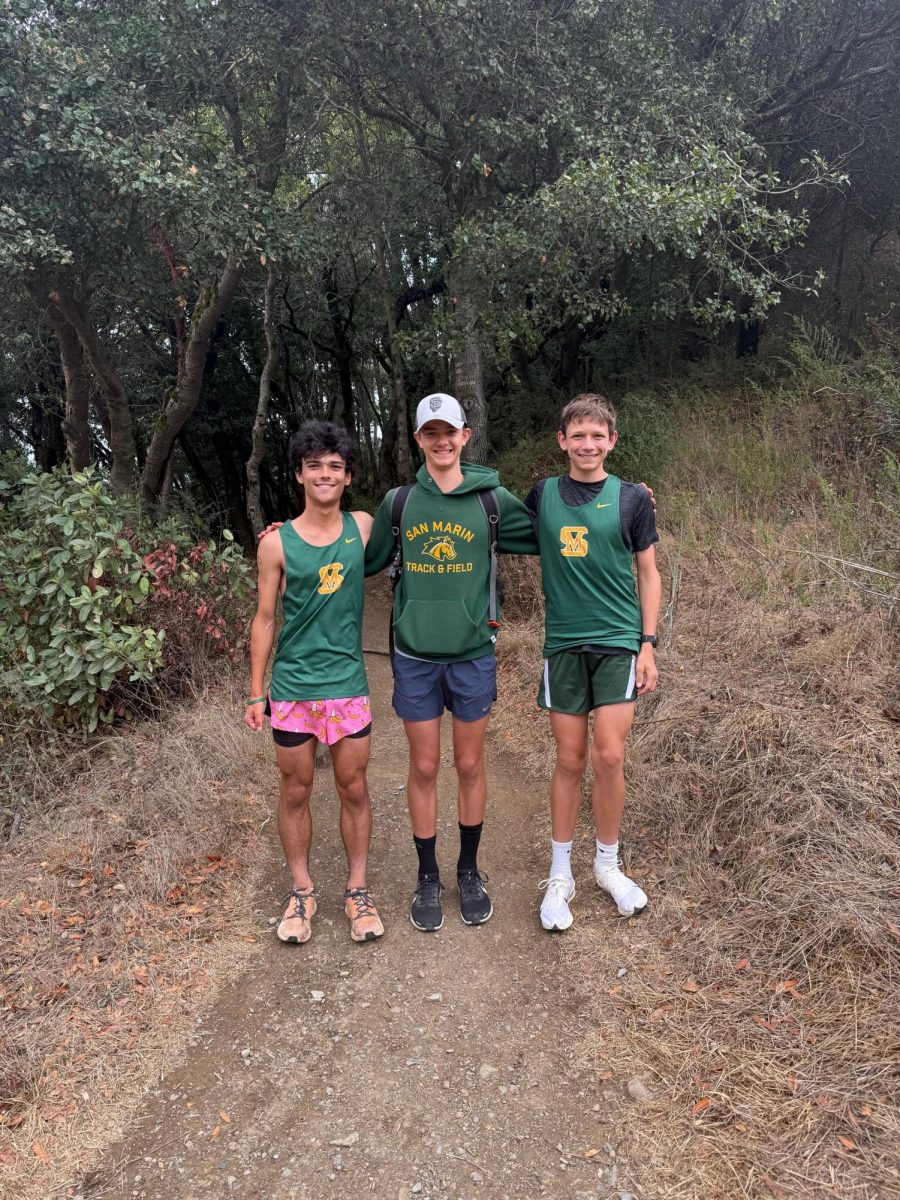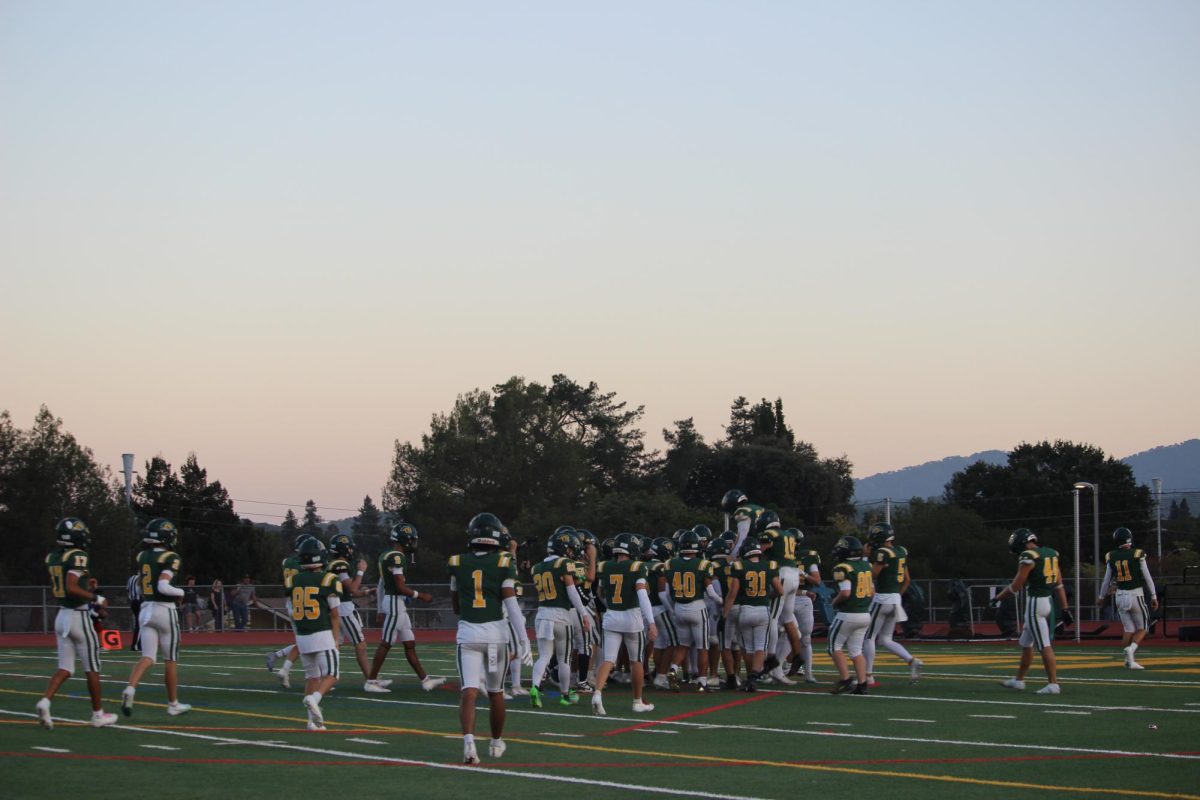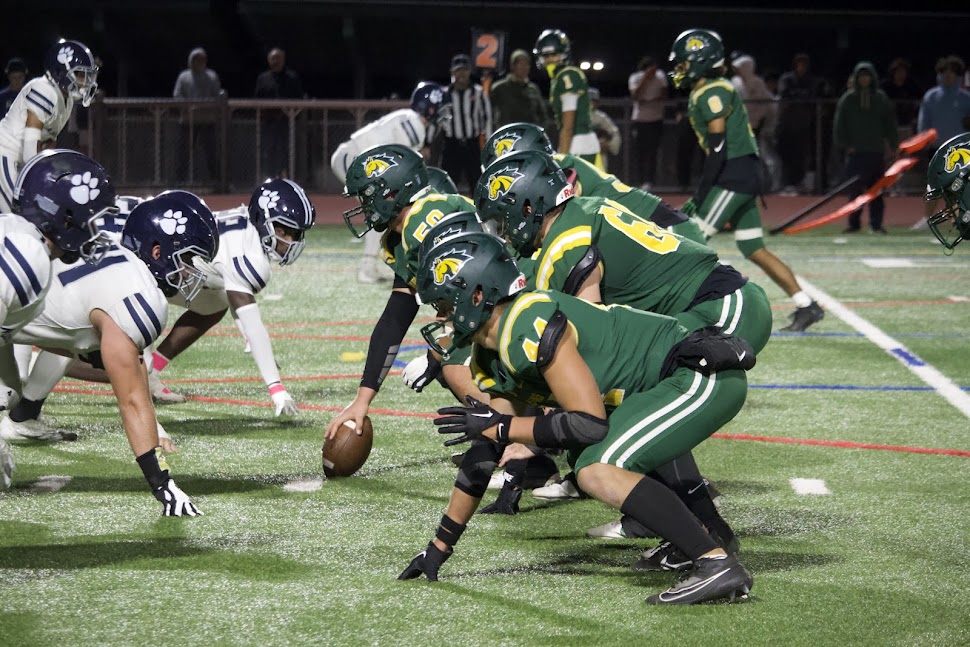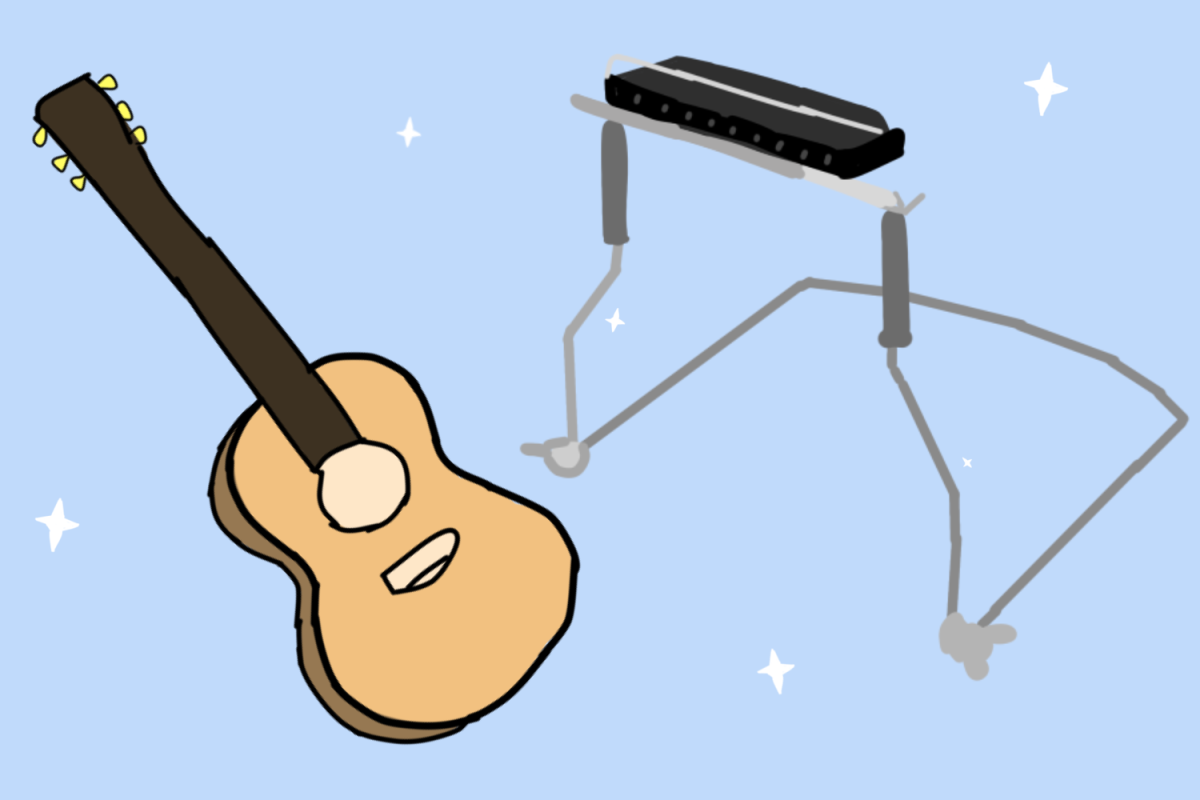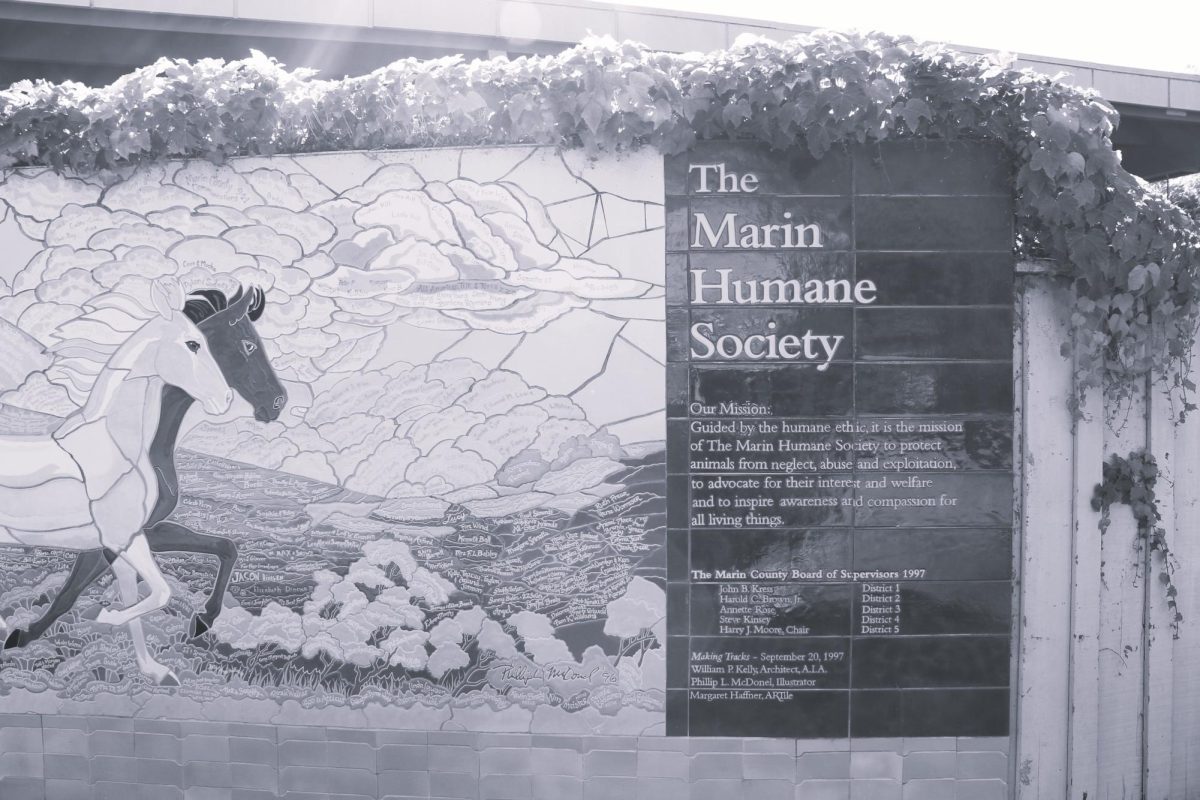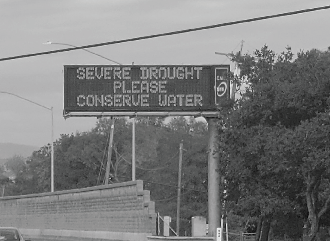
exit in Novato. These signs alerts residents of the severe drought and urges them to conserve water.
Beginning in June, the North Marin Water District implemented an emergency water conservation policy for the City Of Novato in response to the low rainfall recorded this year. Around eight inches of rain was recorded in the Stafford Lake reservoir, the lowest amount since 1916.
California has consistently struggled with droughts, and because this year is classified as a La Niña, where warm water moves in from the West, it will be the driest drought in its history. In preparation for another dry year, residents of Novato are being asked to adhere to existing conservation policies. These rules prohibit outdoor watering that leads to excessive runoff and irrigation within 48 hours of heavy rainfall.
The more populated Novato area, consisting of about 61,000 residents, receives 75% of its water from Sonoma’s water reservoirs at Lake Mendocino and Lake Sonoma, while the other 25% comes from Stafford Lake.
From Oct. 21st to Oct. 25, Stafford lake had an increased volume over the rainfall weekend. Due to the heavy downpour some severe flooding in lower areas of Novato-such as the trailer park area were created. This contributes to cease the drought; however, since the rainfall is inconsistent, California’s lack of water still persists.
AP environmental science and STEM Ecology teacher Melissa Havel explained that the continuous drought is the result of decreasing rainfall and increasing population.
“With so much demand on water, it’s becoming a big problem,” Havel said.
Reservoirs need to fill up with enough water to keep all areas of service fulfilled in order for the drought to eventually diminish.
“I think people have to really reflect on how they use water at their houses on an individual level,” Havel said.
Havel has taken action by refraining from watering her lawn letting it turn brown to save the little rain California has. She urges the rest of Novato to do the same and preserve water.
“It might not look the prettiest, but there’s no reason we need to water lawns when there’s so little water,” Havel said.
Change begins on an individual level. There are several ways students can contribute to the efforts of conserving water; through reflection of their own water usage. Some examples include taking shorter showers, or eating less meat.
“They [students] can also talk to their families about the household water usage, ‘’ Havel said. “See if they can reduce how often the landscape is watered and make sure they have full loads of laundry or dishes when running those appliances.”
Due to La Niña, the long term forecast is calling for a dry winter, meaning water levels will remain relatively unchanged.
Physics and chemistry teacher Tim Blok turns to global warming as one of the reasons for the drought.
“It’s also global warming, The water patterns of rain and evaporation all over the planet that we aren’t accustomed to. And we have to shift our use,” Blok said.
